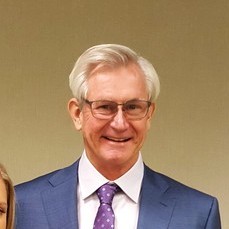- Video Library
- Matthew Morris & Jan Dziewior, Altra - Novel Infusion Pump | LSI USA '24
Matthew Morris & Jan Dziewior, Altra - Novel Infusion Pump | LSI USA '24

Matthew Morris
On behalf of the Altra team, I am excited to present a revolutionary IV pump technology engineered by the foremost experts in the medical device industry.
Twelve successful product releases and the position of Infusion Device Expert in the Technical Advisory Group with AAMI and IEC are testaments to my extensive experience in infusion device design, and knowledge of the industry and its regulatory constraints.
I am excited to present a technology that represents something much more. Altra is described by industry experts as a “disruptor”, a “game changer” – a system that “will reset the bar”, not just in performance but reliability, size, ease of use, safety, and cost. The analogy most often made is: Altra will change health care much like the cell phone changed telecommunications.
Matthew Morris
On behalf of the Altra team, I am excited to present a revolutionary IV pump technology engineered by the foremost experts in the medical device industry.
Twelve successful product releases and the position of Infusion Device Expert in the Technical Advisory Group with AAMI and IEC are testaments to my extensive experience in infusion device design, and knowledge of the industry and its regulatory constraints.
I am excited to present a technology that represents something much more. Altra is described by industry experts as a “disruptor”, a “game changer” – a system that “will reset the bar”, not just in performance but reliability, size, ease of use, safety, and cost. The analogy most often made is: Altra will change health care much like the cell phone changed telecommunications.

17011 Beach Blvd, Suite 500 Huntington Beach, CA 92647
714-847-3540© 2025 Life Science Intelligence, Inc., All Rights Reserved. | Privacy Policy








